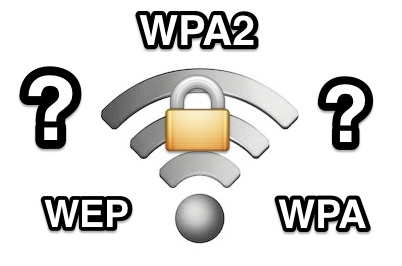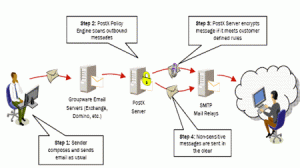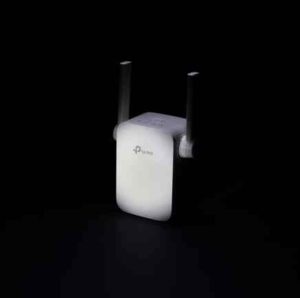WiFi Encryption- Things you Need to Know about

If you’ve had your WiFi system for some time, but you haven’t thought or heard about encryption, now’s the time to start thinking about it. As homes have gotten smarter, so have hackers. And if yours isn’t encrypted, there’s a chance your private, sensitive data could be easily accessible to even the most novice hackers. That’s why it’s important that you take the appropriate measures to ensure your data is safe from online thieves. WiFi encryption is a great place to start. But before you dive in, let’s discuss what WiFi encryption actually is and the different types to consider.
What Is WiFi Encryption?
WiFi encryption helps secure your wireless network using an authentication protocol. That means your WiFi network will require a password, or network security key, in order for someone to gain access to it. Without one, anyone can gain access to your wireless network and they’d have complete access to your personal and private data, which could include passwords to websites you use frequently, credit card information, and bank account information. That’s why it’s crucial that you use WiFi encryption to make sure your personal information isn’t stolen and used against you.
Types Of WiFi Encryption
The first line of defense for your WiFi network is encryption, according to PC World. Several WiFi encryption types exist and they include WEP, WPA (including WPA2 and WPA3) and WPS.
WEP
Wired Encryption Privacy or Wired Encryption Protocol (WEP) is the easiest type of WiFi encryption to configure and it’s probably the most widely supported. However, there are some disadvantages to this type of encryption — one being that it’s not fully secure. However, it does offer some level of protection, but not as much as other types of WiFi encryption. This kind of wireless encryption uses 64 and 128-bit configurations, meaning you can set a 10 or 26-character password. Despite constant updates, it’s still highly vulnerable when it comes to protecting you online.
WPA (WPA2 & WPA3)
WiFi Protected Access (WPA) uses EAP (extensible authentication protocol), PSK (pre-shared key or personal mode), or TKIP (temporary key integrity protocol) to secure your WiFi system. This type of WiFi encryption is easy to configure and manage and provides stronger encryption than WEP. However, all devices don’t support it so it might not be available depending on what kind of device you’re using.
WPS
WiFi protected setup (WPS) is a type of wireless encryption that automatically configures to a wireless network name (also called SSID) and a strong WPA security key for authentication and data encryption. It supports a range of WiFi products, including access points, WiFi phones, wireless adapters, and electronic devices. With this kind of wireless encryption, the security key or password is randomly generated, making it harder for anyone to guess it. However, this technology is somewhat new, so not every manufacturer may support it.
Why You Should Consider WiFi Encryption
WiFi encryption is important for securing your digital life online. You don’t want hackers and thieves gaining access to important private information that could hurt you financially. Now that you know exactly what WiFi encryption is and all of its benefits, you can determine which type of encryption is right for you and your home or business. Keeping the above in mind can help you make an informed decision about what kind of WiFi encryption is right for you.







